Clematis trimming groups - schemes and rules
Clematis is a gorgeous liana-like plant that is a real treasure of the garden. By its nature, it is unpretentious in care, it is found in almost any area, from the Moscow region to the Urals. A distinctive feature is the large-sized flowers of all kinds of colors, which the bush is abundantly strewn with. However, for a comfortable growth and maintaining the decorativeness of the culture, a regular haircut should be done, while it is necessary to take into account the pruning group and the corresponding terms.
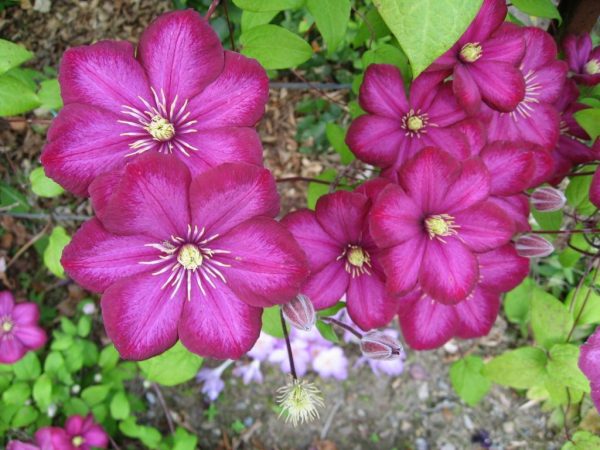
Clematis Josephine trimming group
1st group
The flowering of clematis belonging to this category occurs in the spring months. In this case, the buds are formed on the shoots of the previous season. The growth of the current year is extremely rarely pleasing with the entry into the budding stage.
This type also includes hybrid varieties descended from the spreading and flowering Clematis. The latter absolutely do not need even the most modest pruning. The only thing that is needed is a sanitary haircut, during which unproductive and injured segments are eliminated in the fall.
Timing
It is quite simple to determine the most favorable period for cutting the varieties of the first group - it is carried out immediately after flowering.
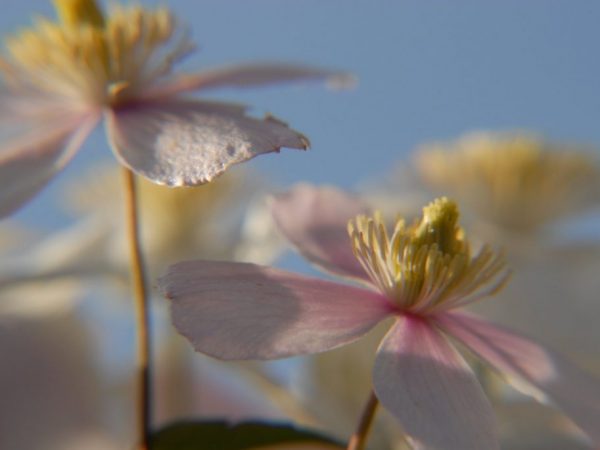
Clematis multi blue trimming group
Scheme
When the bush has faded, you should immediately begin to correct it. To do this, last year's branches are cut off by ½ of the entire length 9.
You can identify the branches you need by their changed appearance.
In parallel, for the purpose of rejuvenation, every 2-3 years, the crown is thinned out, removing a quarter of the total volume of green mass. In the case of excessive splendor of the plant, work is carried out more often, because the thickening of the planting contributes to the spread of pathogenic bacteria and the suspension of growth.
Additionally, a radical rejuvenating pruning is done at intervals of 4-5 years, because the lower part of the branches of the culture is exposed as it develops. To do this, all the lashes are shortened almost to the root.
The optimal period for the event is the end of flowering. For the time remaining before the onset of cold weather, clematis will have time to release shoots, on which growth buds are formed in spring.
The best varieties
Mountain pink
One of the largest shrubs, capable of growing up to 8 m in height, in the southern regions - up to 12 m. Inflorescences are small, about 5 cm in diameter, white-pink. The buds consist of 4 wide petals, presented both in single copies and in groups. Gradually fade as it develops.
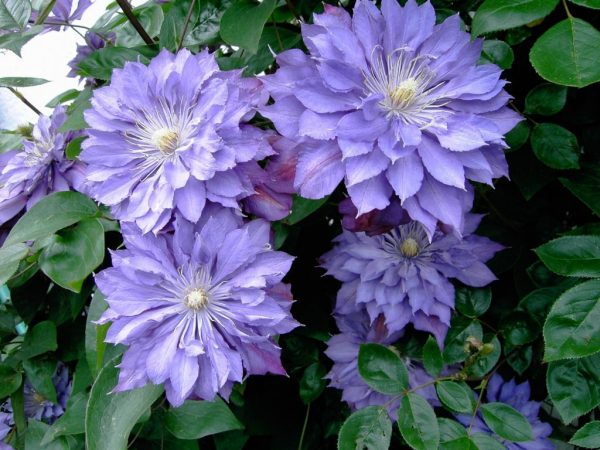
Clematis 1 group of cropping varieties photo
The flowering phase occurs from May to July, while the budding stage is characterized by a high degree of abundance - the bush is almost completely covered with fragrant flowers.
Based on this variety, several different hybrid varieties have been bred:
- Grandiflora (characterized by rapid growth of lashes and white buds);
- Rubens of a delicate pale pink color scheme;
The peculiarity of the plant is low frost resistance. The culture can hardly withstand a decrease in subzero temperatures up to 20 degrees. In this regard, caring for a vine in a territory with a harsh climate is quite problematic.
Alpine
Medium-sized liana, the maximum height of which generally does not exceed 3 m. It is distinguished by narrow petals, painted in purple, blue, white or yellow colors. The leaf plates are elongated, pointed, directed downward.
Atragene (Knyazhik)
Clematis, easy to grow and care for, differ in their small crown dimensions. They can grow in the shade.
Among the main types of the category are:
- Franks (Frankie);
- Jutta;
- Cecile
- Betina.
Armanda
All the main signs of clematis of the 1st group are characteristic. However, it is taller. Under favorable conditions, they can grow up to 9 m. Among the most popular varieties are Snowdrift and Apple Blossom.
2nd group
This group is dominated by large-flowered specimens that begin to bloom in spring and continue until early summer. In this case, the buds are formed on the processes that have survived the winter.
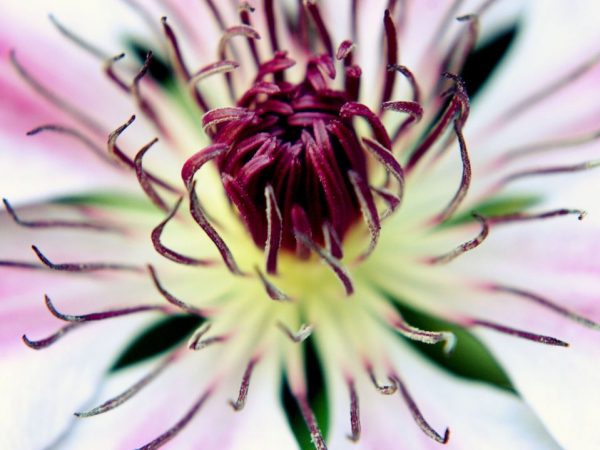
Clematis description trimming group
A repeated wave of budding is observed closer to autumn, already on the lashes of the current growing season. This stage is more abundant and longer.
Timing
This type of clematis should be pruned in the spring, when the buds have not yet blossomed, and the plant has not started to develop. This will allow the culture to direct all its forces to the formation of buds, and not to excessive growth of vegetative shoots.
The second procedure is carried out in the fall, before covering the shrub for the winter.
Scheme
The procedure should be carried out without fanaticism. If you remove too many segments, you may not wait for flowering. About 10-12 productive vegetative shoots are left on an adult plant.
During the process, remove:
- weak branches - by ⅓ of the entire length;
- shoots growing inward - almost to the base.
The best varieties
Among the representatives of Clematis of the third type of pruning, there are quite colorful ones, among the differences in the description of which are not only the color scheme, but also the texture of the surface of the petals. Terry buds of some varieties deserve special attention. Among a large list, any gardener can choose one that satisfies his own preferences, be it pink, white or blue Clematis with a lavender hue.
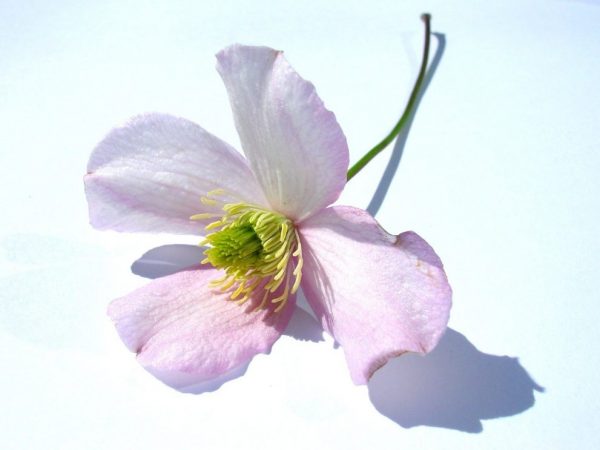
Clematis 2 group of pruning planting and care
The most common among the varieties of this group:
- John Paul II (Jan Pawel II);
- Multi Blue;
- Violet Elizabeth
- Toki;
- Sylvia Denny
- Mrs. N. Tompson;
- Akaishi;
- Josephine;
- Veronika Choice;
- Gladys Picard;
- General Sikorski
- Henry (Henryi);
- Snow Queen;
- Ballerina (Balerina);
- Madame Le Coultre;
- Yukiokoshi
- Serafina.
Group 3
This category includes varieties that bloom in late summer and the first decade of autumn. In this case, the formation of buds occurs on annual shoots. A distinctive feature is the ability to adjust the size of the flowers.
With a radical haircut, the flowering will be intense, with a moderate - less abundant, but the inflorescences will become much larger.
There is also a risk of crown thickening due to the high growth rate of shrubs. As a result, if the plant is not cut off, the old branches begin to resemble a kind of tangled cloud.
Timing
The procedure is carried out in the fall, after flowering, in front of the direct shelter of the culture for the winter.
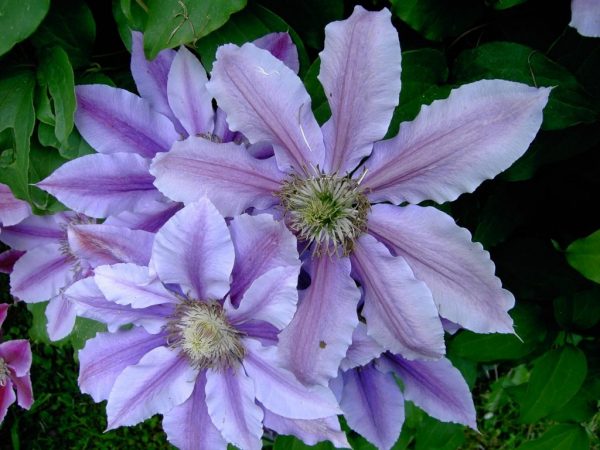
Clematis 3 groups of cropping photo description
Scheme
Representatives of the third group need a cardinal haircut. To do this, all shoots are cut off almost at the base, leaving no more than 15 cm. In this case, it is necessary that 1-2 growth nodes remain on the branches.
If the plant was planted in a calm and warm place, it is allowed to leave several whole branches according to the principle of pruning Clematis of the second category. However, this combined method can lead to weakening of the flower. Also, manipulations should be abandoned in the case of annual specimens or with insufficient care.
The best varieties
Popular varieties:
- Hagley Hybrid
- Perida;
- Blue Angel;
- Warsaw Night (Warszawska Nike) $
- Omoshiro;
- Etoile Violette;
- Justa;
- Hope (Nadezhda);
- Rhapsody;
- Ramona
- Viola (Viola);
- Siebold (Sieboldii);
- Blue Light;
- Ville De Lyon.

